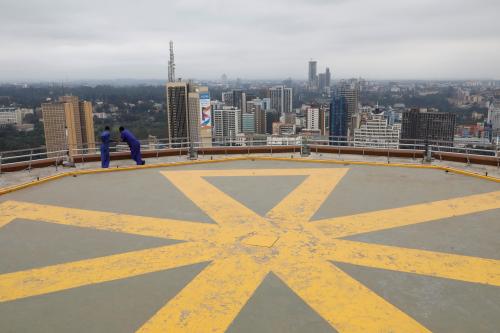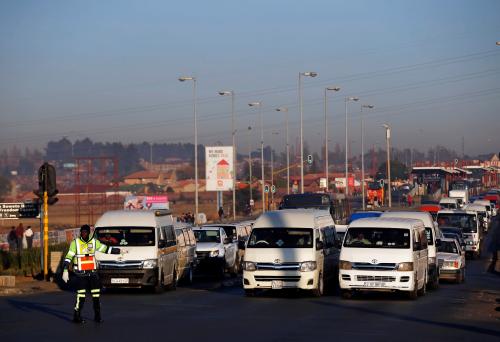The pace of urbanization and urban population growth in Africa has changed significantly across the continent generally as well as within its various regions, says a recent report by the Organization for Economic Co-operation and Development (OECD), “Africa’s Urbanization Dynamics 2020: Africapolis, Mapping a New Urban Geography.” According to the report, Africa is one of the least urbanized places in the world, and its urbanization rate will continue to grow among the fastest of the world regions in the coming years. Indeed, 1950 Africa’s urban population was 27 million people, a minute fraction of today’s urban population of roughly 567 million people. Notably, the OECD report argues that since 1990, Africa’s rapid growth in urbanization has been driven primarily by high population growth and the reclassification of rural settlements. It also predicts that Africa’s population will double between now and 2050, and two-thirds of this population increase will be absorbed by urban areas.
According to the report, while African countries have vastly urbanized over the last 60 years, urbanization in the region has largely been concentrated in certain subregions (Figure 1). In 1950, most African countries were agrarian societies: Only eight countries had an urbanization level above 20 percent, while 26 countries had an urbanization level under 10 percent. Over time however the rate of urbanization in Africa has grown significantly. As of 2010, 47 Africa countries were over the 20 percent threshold, and the number of countries above 50 percent urbanization more than doubled.
Figure 1. The evolution of urbanization in Africa, 1950-2010
Source: OECD, Africa’s Urbanization Dynamics 2020.
As of 2015, 50 percent of Africa’s population lived in one of 7,617 urban agglomerations. With 78 percent of its citizens in urban areas, North Africa is the most urbanized region. Indeed, according to the report, within North Africa, Egypt and Libya stand out as the most urbanized countries with urbanization levels of 93 and 81 percent, respectively. In contrast Niger (at 17 percent), Burundi (21 percent), and Eritrea (24 percent) have some of the lowest levels of urbanization in the region.
Indeed, the urbanization rates of the African subregions have varied immensely over time (Figure 2). In the period covered by the report, Central and West Africa had the most volatile urban population growth rates, whereas East, Southern, and North Africa have been more consistent in their growth rates. Central Africa urbanized very fast from 1950-1980, but then became among the slowest urbanizing regions in Africa during the period 1980-2000. East Africa has consistently boasted one of the fastest-growing urbanization rates of any region.
Figure 2. Urban population growth and growth in the level of urbanization in Africa by period, 1950–2015
Source: OECD, Africa’s Urbanization Dynamics 2020.
As Africa continues to urbanize at a rapid rate, the report urges policymakers to enact policies that will encourage this city growth to be utilized toward economic development and poverty eradication. The authors emphasize that policymakers consider the heterogenous nature of Africa’s urban environments for better linked local-national policies.
For more on recommendations for successful and productive urbanization in Africa see past Foresight Africa viewpoints, “Prerequisites to getting Africa’s urbanization right” by Somik V. Lall and “Urban Africa: Avoiding the perfect storm” by Jeffrey Gutman and Nirav Patel.
The Brookings Institution is committed to quality, independence, and impact.
We are supported by a diverse array of funders. In line with our values and policies, each Brookings publication represents the sole views of its author(s).










Commentary
Figures of the week: Africa’s urbanization dynamics
July 16, 2020